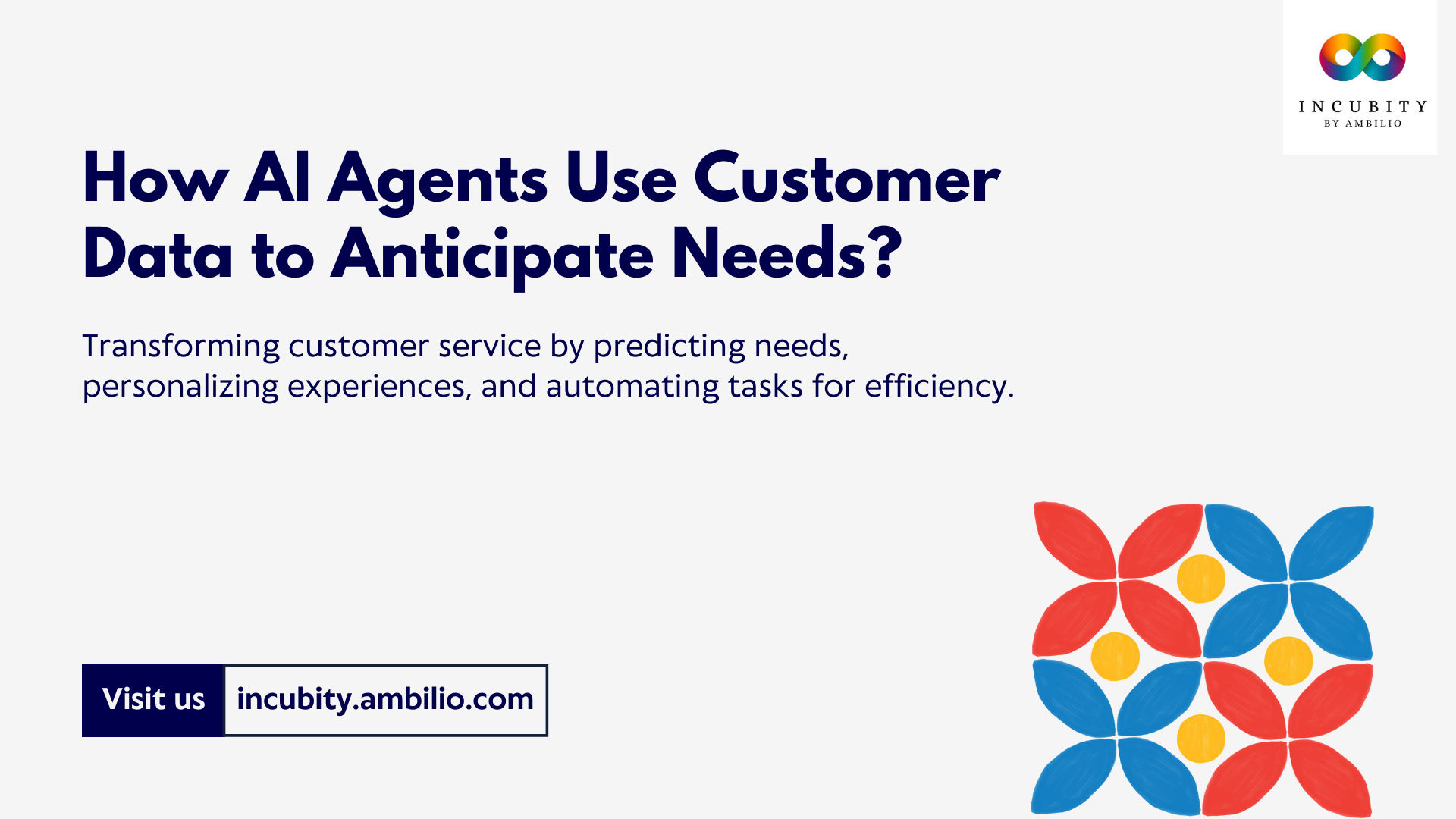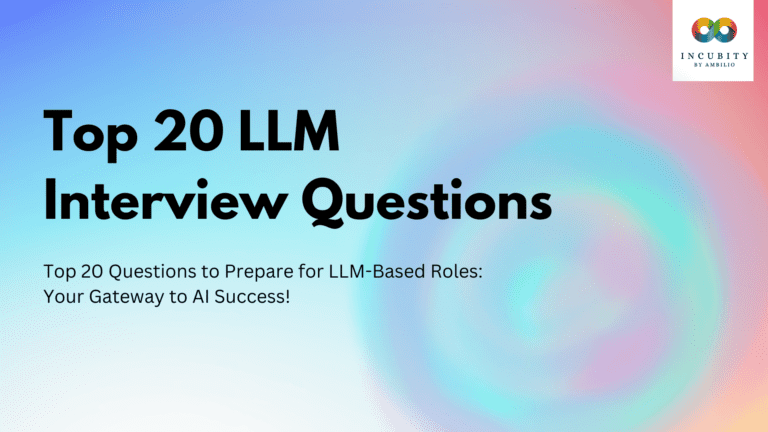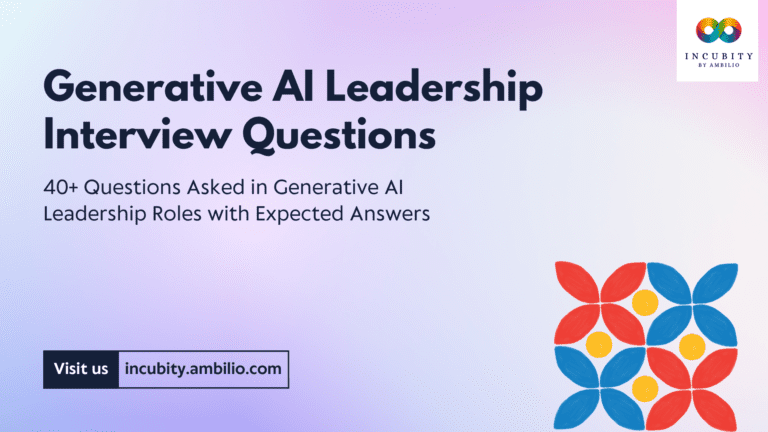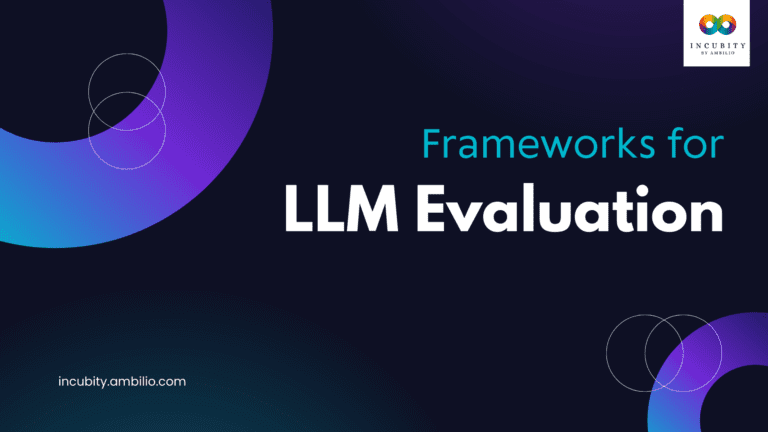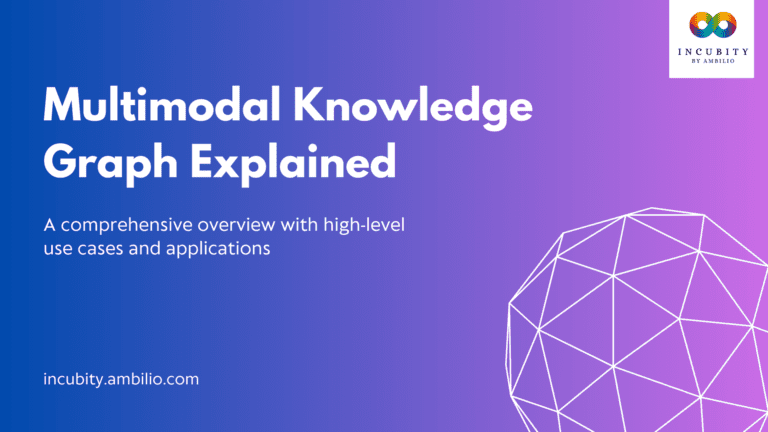AI agents have become a powerful tool in transforming the way businesses interact with customers, enhancing the customer experience by predicting needs, personalizing interactions, and automating routine tasks. These intelligent systems rely on vast amounts of customer data to identify patterns, make informed predictions, and deliver personalized services. This article explores the technical mechanisms and implementations of how AI agents utilize customer data to anticipate customer needs and drive satisfaction.
Understanding AI Agents
At their core, AI agents are software entities designed to perform tasks traditionally handled by humans. These agents leverage artificial intelligence (AI) and machine learning (ML) to simulate human decision-making processes. By processing large datasets, AI agents can analyze historical data, recognize patterns, and predict future behavior, enabling businesses to be proactive rather than reactive in their customer interactions.
The market for AI agents has been growing rapidly, with a significant projected increase from $4.8 billion in 2023 to approximately $28.5 billion by 2028. This growth is driven by the increasing demand for personalized customer experiences and the operational efficiencies that AI agents offer.
How AI Agents Utilize Customer Data
AI agents rely on customer data to function effectively. This data can be broadly categorized into historical data, real-time interaction data, and external data sources. By integrating and analyzing these data streams, AI agents can anticipate customer needs with remarkable accuracy.
1. Historical Data Analysis
Historical data is the foundation on which AI agents build their predictive capabilities. This data includes records of past interactions, purchase history, browsing behavior, and customer service logs. AI agents use this data to identify patterns and trends that indicate a customer’s preferences, interests, and potential future needs.
For example, if a customer frequently purchases fitness-related products, the AI agent can analyze this behavior and predict future purchases, recommending new arrivals or complementary items. This process involves several technical steps:
- Data Collection: The AI agent collects and stores historical data from various sources, such as CRM systems, e-commerce platforms, and customer support databases. This data is often stored in a structured format, such as SQL databases, or in a more flexible format like NoSQL databases.
- Feature Engineering: The AI agent processes the raw data to extract relevant features. This might include identifying the frequency of purchases, categorizing products, or quantifying customer engagement levels. Feature engineering is a critical step, as the quality of the features directly impacts the accuracy of the predictions.
- Model Training: The AI agent uses machine learning algorithms to train predictive models. Techniques such as decision trees, random forests, and neural networks are commonly employed. These models are trained on labeled data, where the outcome (e.g., a purchase) is known, allowing the AI agent to learn the relationship between input features and outcomes.
- Prediction: Once trained, the AI agent can make predictions based on new input data. For instance, when a customer visits an online store, the AI agent can use the historical data to recommend products that the customer is likely to be interested in.
2. Behavioral Pattern Recognition
While historical data provides a strong foundation, behavioral pattern recognition allows AI agents to respond to changes in real-time. By monitoring ongoing customer interactions across various channels—such as social media, chatbots, and customer support—the AI agent can detect shifts in customer behavior and adjust its responses accordingly.
For example, if a customer expresses frustration during a chat with a support agent, the AI agent can flag this sentiment and suggest escalation to a human representative. The technical implementation involves:
- Data Integration: The AI agent integrates data from multiple channels, often in real-time. This might involve streaming data from social media platforms, chat applications, or customer feedback forms.
- Sentiment Analysis: Natural Language Processing (NLP) techniques are used to analyze the sentiment of customer interactions. This involves tokenizing the text, identifying sentiment-laden words, and using pre-trained models to classify the overall tone of the conversation (e.g., positive, negative, or neutral).
- Pattern Detection: The AI agent employs algorithms to detect patterns in the data. For instance, it might identify a trend where customers who express frustration are more likely to churn. Machine learning models, such as Hidden Markov Models or Long Short-Term Memory (LSTM) networks, are often used to recognize these sequential patterns.
- Response Generation: Based on the detected patterns, the AI agent can generate an appropriate response. This might involve adjusting the tone of an automated message, escalating the issue to a human agent, or offering a discount to appease a dissatisfied customer.
3. Predictive Analytics
Predictive analytics is a key capability of AI agents, enabling them to forecast customer behavior and anticipate needs. By processing large datasets through advanced algorithms, AI agents can predict events such as when a customer might need assistance, when they are likely to make a purchase, or when they may abandon their shopping cart.
For example, if a customer leaves items in their shopping cart, the AI agent can trigger a follow-up email with a personalized discount code, encouraging the customer to complete the purchase. The technical steps include:
- Data Aggregation: The AI agent aggregates data from various sources, creating a comprehensive profile of each customer. This might include browsing history, past purchases, email interactions, and social media activity.
- Algorithm Selection: The AI agent selects the appropriate machine learning algorithms to predict customer behavior. Commonly used algorithms include logistic regression for binary outcomes (e.g., will the customer make a purchase or not?), time series forecasting for predicting future behavior based on past trends, and collaborative filtering for personalized recommendations.
- Model Evaluation: Before deployment, the AI agent evaluates the predictive models using metrics such as accuracy, precision, recall, and F1-score. This ensures that the models perform well on unseen data and are capable of making reliable predictions.
- Automation: Once validated, the AI agent automates the process of prediction and action. For instance, it might automatically send a reminder email to customers who have abandoned their shopping cart, or it might adjust marketing messages based on predicted customer preferences.
Personalization of Customer Interactions
Personalization is a critical aspect of modern customer experience management, and AI agents excel in delivering tailored interactions. By leveraging customer data, AI agents can provide highly personalized recommendations and dynamically adjust their communication style based on the customer’s history and preferences.
1. Tailored Recommendations
AI agents use collaborative filtering and content-based filtering techniques to deliver personalized recommendations. Collaborative filtering involves analyzing the behavior of similar users to make recommendations, while content-based filtering focuses on the customer’s own past behavior to suggest items that are similar to those they have previously interacted with.
For example, if a customer frequently purchases eco-friendly products, the AI agent can highlight similar items during their browsing session. The technical process includes:
- Matrix Factorization: In collaborative filtering, the AI agent uses matrix factorization techniques like Singular Value Decomposition (SVD) to identify latent factors that influence customer preferences. These factors help in making recommendations that align with the tastes of similar users.
- User Profiling: In content-based filtering, the AI agent creates a profile for each user based on their interactions. This profile is updated in real-time as the user engages with different products or services.
- Recommendation Generation: The AI agent uses the profiles and latent factors to generate personalized recommendations. These recommendations can be displayed on the website, included in email campaigns, or used in targeted ads.
2. Dynamic Customer Engagement
AI agents can adapt their engagement strategies based on real-time analysis of customer sentiment and behavior. This dynamic engagement is crucial for building strong customer relationships and maintaining satisfaction.
For example, if a customer has had positive experiences in the past, the AI agent might adopt a friendly and casual tone in its communications. Conversely, if a customer has expressed dissatisfaction, the AI agent might take a more formal and empathetic approach. The implementation involves:
- Sentiment Monitoring: The AI agent continuously monitors customer sentiment through NLP techniques. This might include analyzing the tone of voice in a phone call, the choice of words in a chat, or the emotional content of a social media post.
- Engagement Strategy Adjustment: Based on the detected sentiment, the AI agent dynamically adjusts its communication strategy. For instance, it might escalate the issue to a human agent if it detects a high level of frustration or send a follow-up email to thank the customer for their positive feedback.
- Multi-Channel Integration: The AI agent ensures consistency across multiple channels, maintaining the same tone and approach whether the customer is interacting via email, chat, or phone. This integration is achieved through APIs that connect the AI agent to different communication platforms.
3. Anticipating Potential Issues
AI agents are also adept at predicting potential issues before they escalate into major problems. By analyzing customer feedback and interaction patterns, AI agents can identify early signs of dissatisfaction or churn and take preemptive action.
For example, if a customer frequently contacts support with the same issue, the AI agent can flag this as a potential problem and suggest a proactive solution. The technical implementation includes:
- Anomaly Detection: The AI agent uses machine learning techniques such as clustering and outlier detection to identify unusual patterns in customer behavior. For instance, a sudden increase in support tickets from a particular customer might indicate a serious issue that needs attention.
- Proactive Alerts: When an anomaly is detected, the AI agent generates an alert for the customer support team, allowing them to address the issue before it leads to churn. This might involve offering a discount, providing additional support, or reaching out to the customer directly.
- Continuous Learning: The AI agent continuously learns from each interaction, refining its models and improving its ability to detect and address potential issues. This iterative learning process is essential for maintaining high levels of customer satisfaction over time.
Enhancing Operational Efficiency
In addition to improving customer experiences, AI agents also play a crucial role in enhancing operational efficiency. By automating routine tasks and providing data-driven insights, AI agents free up human resources to focus on more complex and value-added activities.
1. Automation of Routine Tasks
AI agents can automate a wide range of routine tasks, from answering common customer queries to processing returns and refunds. This automation not only speeds up service delivery but also reduces the workload on human agents.
For example, an AI agent might handle common queries such as “Where is my order?” or “What is your return policy?” by retrieving the relevant information from a database and providing an instant response. The technical implementation involves:
- Natural Language Processing (NLP): The AI agent uses NLP to understand and interpret customer queries. This involves tokenizing the text, identifying key phrases, and matching the query with a predefined set of responses.
- API Integration: The AI agent connects to various backend systems via APIs to retrieve information. For example, it might query the order management system to check the status of an order or access the knowledge base to find the return policy.
- Response Generation: Once the relevant information is retrieved, the AI agent generates a response and delivers it to the customer. This process is often fully automated, requiring no human intervention.
2. Data-Driven Decision Making
AI agents provide valuable insights that help businesses make data-driven decisions. By analyzing customer data, AI agents can identify trends, optimize marketing strategies, and improve product offerings.
For example, an AI agent might analyze sales data to identify which products are most popular among certain customer segments. This insight can be used to tailor marketing campaigns or to adjust inventory levels. The technical steps include:
- Data Analysis: The AI agent processes large datasets to identify trends and patterns. This might involve using machine learning algorithms such as clustering (to segment customers) or regression analysis (to identify factors that influence sales).
- Visualization: The AI agent often presents its findings through visualizations, such as charts or dashboards, making it easier for business leaders to interpret the data and make informed decisions.
- Actionable Insights: Based on the analysis, the AI agent provides actionable insights, such as recommending changes to marketing strategies or suggesting new product features. These insights are often presented in the form of reports or alerts.
3. Continuous Improvement
Finally, AI agents are designed to continuously learn and improve over time. By analyzing the outcomes of their actions and incorporating feedback from customers and human agents, AI agents refine their models and improve their accuracy and effectiveness.
For example, if an AI agent’s recommendation does not result in a sale, it can analyze the factors that led to the rejection and adjust its algorithms accordingly. The technical process includes:
- Reinforcement Learning: The AI agent uses reinforcement learning techniques to optimize its actions. This involves rewarding the AI agent for successful outcomes (e.g., a completed sale) and penalizing it for unsuccessful ones.
- Feedback Loops: The AI agent incorporates feedback from customers and human agents into its learning process. This might involve retraining models with new data or adjusting parameters based on feedback.
- Model Refinement: As the AI agent learns from each interaction, it refines its models and improves its ability to predict customer needs and provide accurate recommendations.
Conclusion
AI agents are transforming the way businesses interact with customers, leveraging vast amounts of data to anticipate needs, personalize interactions, and enhance operational efficiency. By analyzing historical data, recognizing behavioral patterns, and employing predictive analytics, AI agents can deliver highly personalized and proactive customer experiences. As these technologies continue to evolve, businesses that embrace AI agents will be well-positioned to meet the growing demands of their customers and stay ahead in a competitive marketplace.

